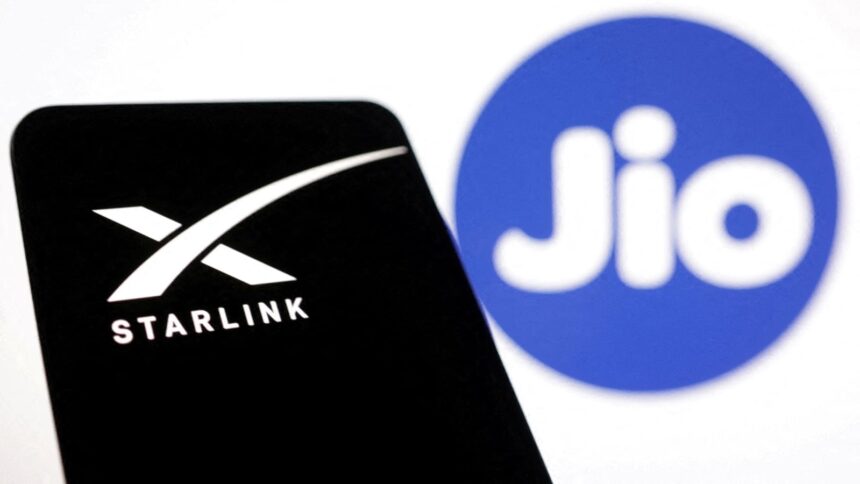Local manufacturing, data localisation, domestic navigation system, blocking mechanism, and law enforcement cooperation – these are among the key requirements that India has framed for satellite communication companies including Elon Musk’s Starlink, Amazon’s Kuiper, Eutelsat OneWeb, and Jio to operate in the country.
As per guidelines released by the Department of Telecommunications (DoT), satcom companies will have to share with the government a year-wise phased manufacturing plan aiming at indigenisation to a level of at least 20% of their ground segment of the satellite network that is established at the end of 5 years after launching commercial operations.
The development comes as Starlink undergoes a security clearance for offering its services in the country, having already established retail partnerships with rivals Airtel and Jio. The Telecom Regulatory Authority of India (TRAI) is currently finalising the contours of the satellite spectrum allocation.
The companies should also ensure provisioning of NavIC based positioning systems in their user terminals on “best effort basis,” along with a transition plan to implement NavIC in a time-bound manner by 2029. NavIC is India’s regional satellite navigation system, similar to GPS, which is a global system developed by the United States.
Data localisation
Companies will have to provide real time monitoring to ensure that no user traffic originating from, or destined for India is being routed through any gateway outside Indian territory. They will also have to submit an undertaking that they will not copy and decrypt Indian telecom data outside India.
“Indian user traffic shall not be routed through any Gateway/PoP located abroad or any space system, which is not part of satellite/constellation used for providing service… Indian user traffic shall not be mirrored to any system/server located abroad,” the guidelines said.
Satcom operators will also have to ensure that their data centres are based within the geographical boundary of India and shall make provision to provide Domain Name System (DNS) resolution within its territory.
“Essential functionalities like lawful interception facility, monitoring/control facility of user terminals, user data traffic routing, control of equipment in gateway routing data traffic etc., of the network control and monitoring centre (or equivalent facility) shall be located in India,” the guidelines added.
National security, law enforcement cooperation
Operators would need to implement service restriction to “any individual, group of subscribers or certain geographical areas” during “hostilities,” the guidelines said. These companies will have to seek separate clearance (“from security angle”) for voice service and data service.
Special Monitoring Zones (50 kilometres within international border) along the territorial borders and along coastal borders covering Exclusive Economic Zone (EEZ, which is 200 nautical miles) shall be demarcated for monitoring of user activities by designated law enforcement (LEA) and security agencies. Companies will have to provide real time information of foreign /unregistered user terminals hooking on to their network from within the Indian territory to such agencies.
“…service providers shall provide real time location data/tracking of user terminals (fixed and mobile) anywhere within Indian territory as and when required by designated LEAs/security agencies. This includes sharing of Latitude-Longitude details of user terminals as and when required on a real time basis,” the guidelines said.








